What’s Behind the Surge in Silicone Scar Solutions?
From post-surgical recovery to managing acne scars, people are searching for safe, effective ways to reduce the appearance of scars. Enter: silicone-based scar treatments. Once limited to dermatologists’ offices, these clinically proven solutions are now widely available—and gaining popularity fast.
The reason? They work. Backed by decades of research and trusted by healthcare professionals, silicone treatments offer visible results without invasive procedures.
Let’s explore what makes silicone the top choice in scar management—and how Rejûvaskin is leading the charge with targeted, skin-friendly products.
1. Clinically Proven to Reduce Scars
Silicone sheets and gels are backed by science to reduce hypertrophic and keloid scars. Clinical studies show that silicone helps soften, flatten, and fade raised scars by regulating collagen production and maintaining skin hydration.
A Cochrane review confirmed that silicone sheeting significantly reduces scar thickness and discoloration, especially when used early in scar formation (O’Brien & Pandit, 2006).
2. Prevention and Treatment Power
Whether you're healing from surgery or managing older scars, silicone is effective. A 2022 meta-analysis found that both new and existing scars respond well to silicone-based care, reducing scar height and improving flexibility (De Decker et al., 2022).
3. How It Works: Barrier + Hydration = Results
Silicone creates a breathable barrier that traps moisture, helping the skin retain hydration and regulate collagen—a critical factor in scar formation. This moist environment softens tissue and supports skin remodeling, which leads to smoother, flatter scars over time (Tandara & Mustoe, 2008).
4. Safe, Non-Irritating, and Easy to Use
Silicone is non-invasive and gentle, making it ideal for all skin types—including sensitive skin and children. Unlike other scar treatments that may sting, bleach, or cause irritation, silicone is well-tolerated and free from harsh ingredients.
In clinical trials, users experienced significant improvements in scar texture and discomfort without side effects (Li-Tsang et al., 2006).
5. Versatile Application: Sheets, Gels, and Creams
Silicone is now available in multiple user-friendly formats, including sheets, gels, and creams. Studies show that gels are just as effective as sheets, and often more convenient—especially on joints or facial areas (Kim et al., 2014).
How Rejûvaskin Supports You Through Scar Recovery
At Rejûvaskin, we believe that scar healing should be gentle, effective, and backed by science. Our scar care line is trusted by physicians worldwide—and designed to support every stage of recovery.
Scar FX® Silicone Sheets
Medical-grade silicone sheets that conform to the skin for maximum coverage and overnight support. Ideal for surgical, burn, or trauma scars.
RejuvaSil® Silicone Scar Gel
A lightweight, fast-drying gel perfect for face, joints, and hard-to-treat areas. Helps soothe, flatten, and fade scars with zero mess or irritation.
Scar Esthetique® Silicone Cream
A unique blend of silicone, botanicals, and antioxidants to address scar discoloration and texture—great for older scars or those with pigmentation concerns.
Silicone scar treatments are no longer a well-kept secret—they’re the gold standard in modern scar therapy. Backed by clinical studies, safe for all skin types, and available in versatile formats, it’s no wonder they’ve earned global trust.
With Rejûvaskin’s dermatologist-recommended products, you can confidently manage your scar journey—whether you're recovering from surgery, injury, or anything in between.
Works Cited
-
De Decker, I., Hoeksema, H., Verbelen, J., et al. (2022). The use of fluid silicone gels in the prevention and treatment of hypertrophic scars: A systematic review and meta-analysis. Burns. Link
-
Kim, S., Choi, J. S., Lee, J. H., et al. (2014). Prevention of Postsurgical Scars: Comparison of Efficacy and Convenience between Silicone Gel Sheet and Topical Silicone Gel. Journal of Korean Medical Science, 29, S249–S253. Link
-
Li-Tsang, C., Lau, J. C. M., Choi, J. C. Y., et al. (2006). Silicone Gel for Surgical Scar Reduction of an Oral Cancer Patient. Burns, 32(6), 678–683. Link
-
O’Brien, L., & Pandit, A. (2006). Silicon gel sheeting for preventing and treating hypertrophic and keloid scars. The Cochrane database of systematic reviews, (1), CD003826. Link
-
Tandara, A., & Mustoe, T. A. (2008). The role of the epidermis in the control of scarring: Evidence for mechanism of action for silicone gel. Journal of Plastic, Reconstructive & Aesthetic Surgery, 61(10), 1219–1225. Link
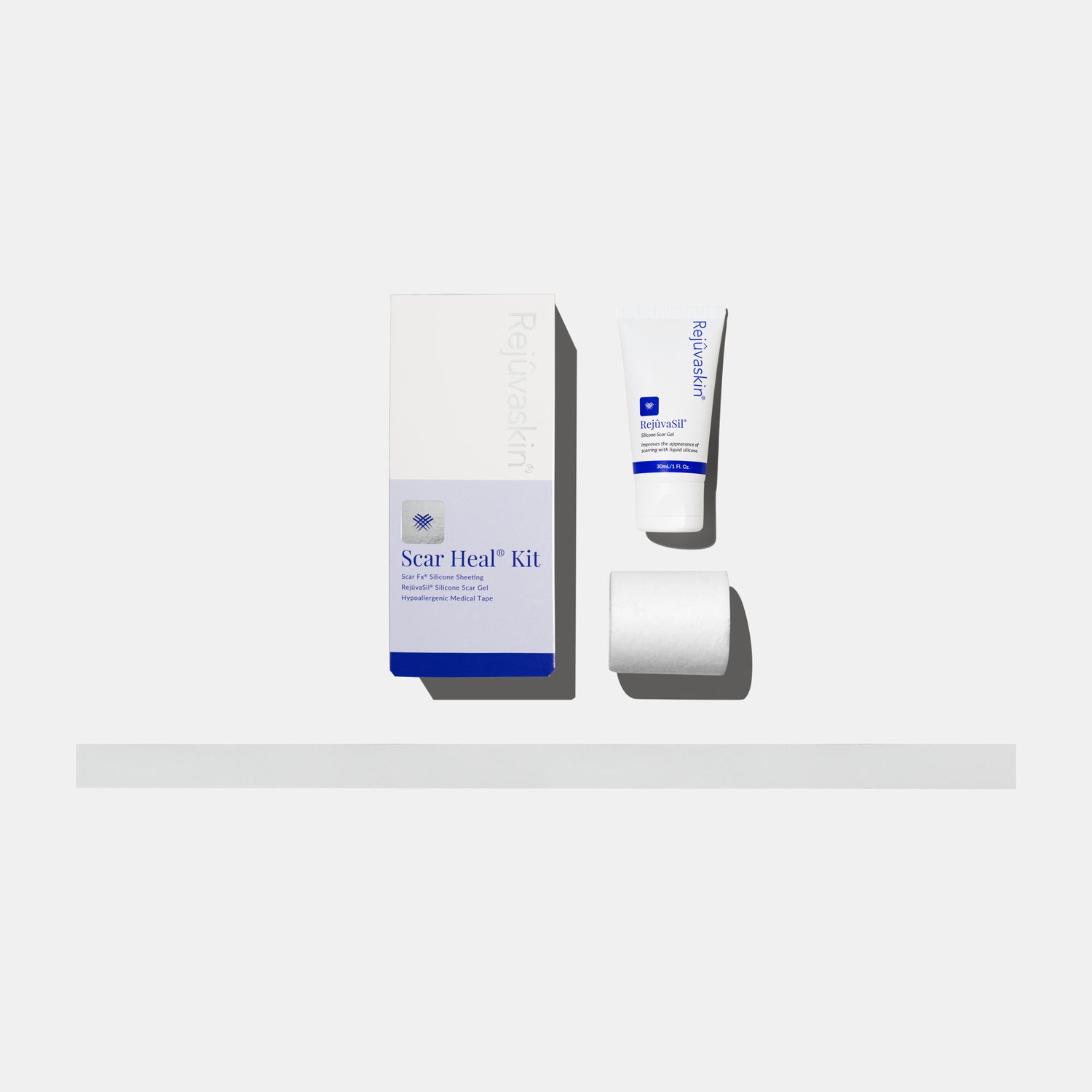


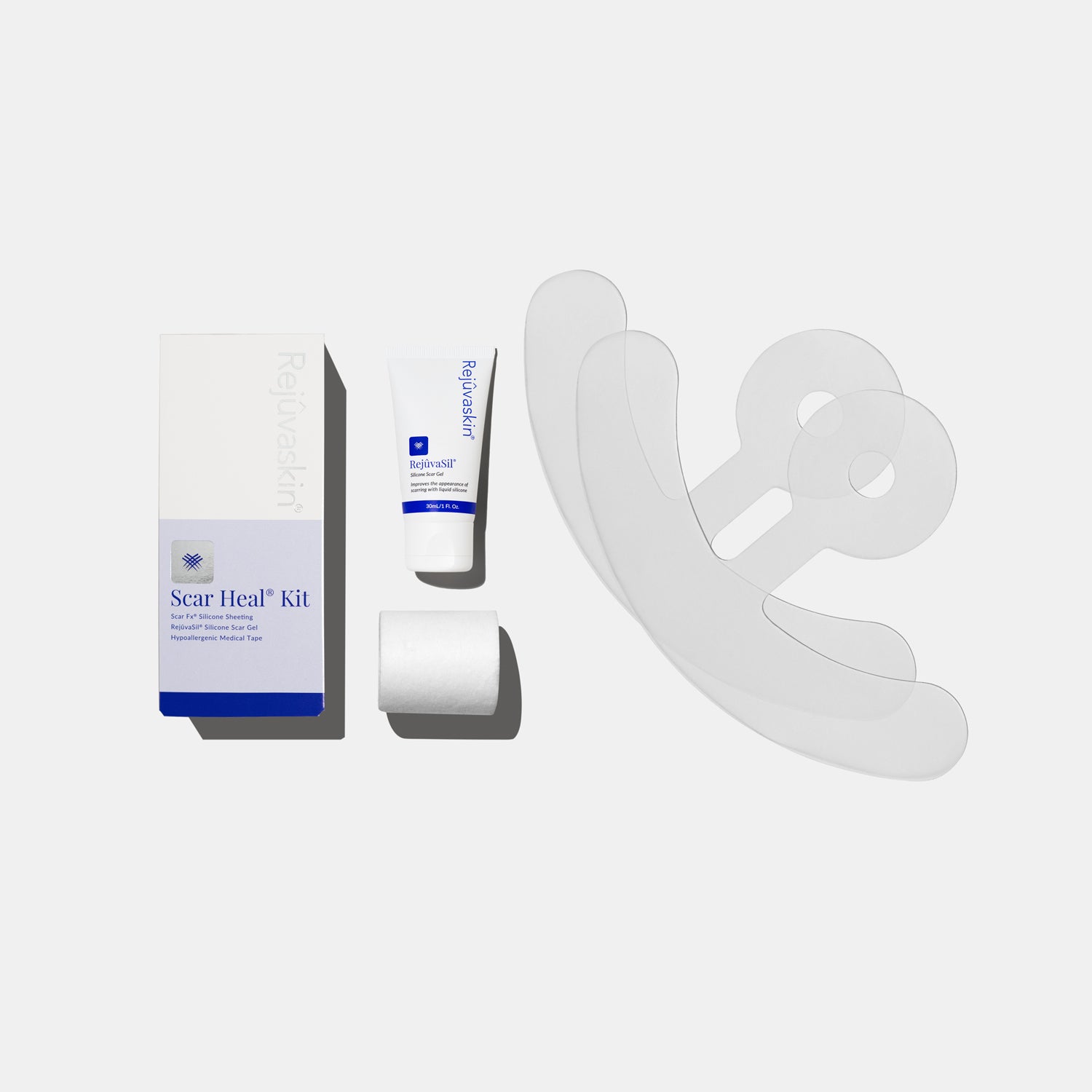
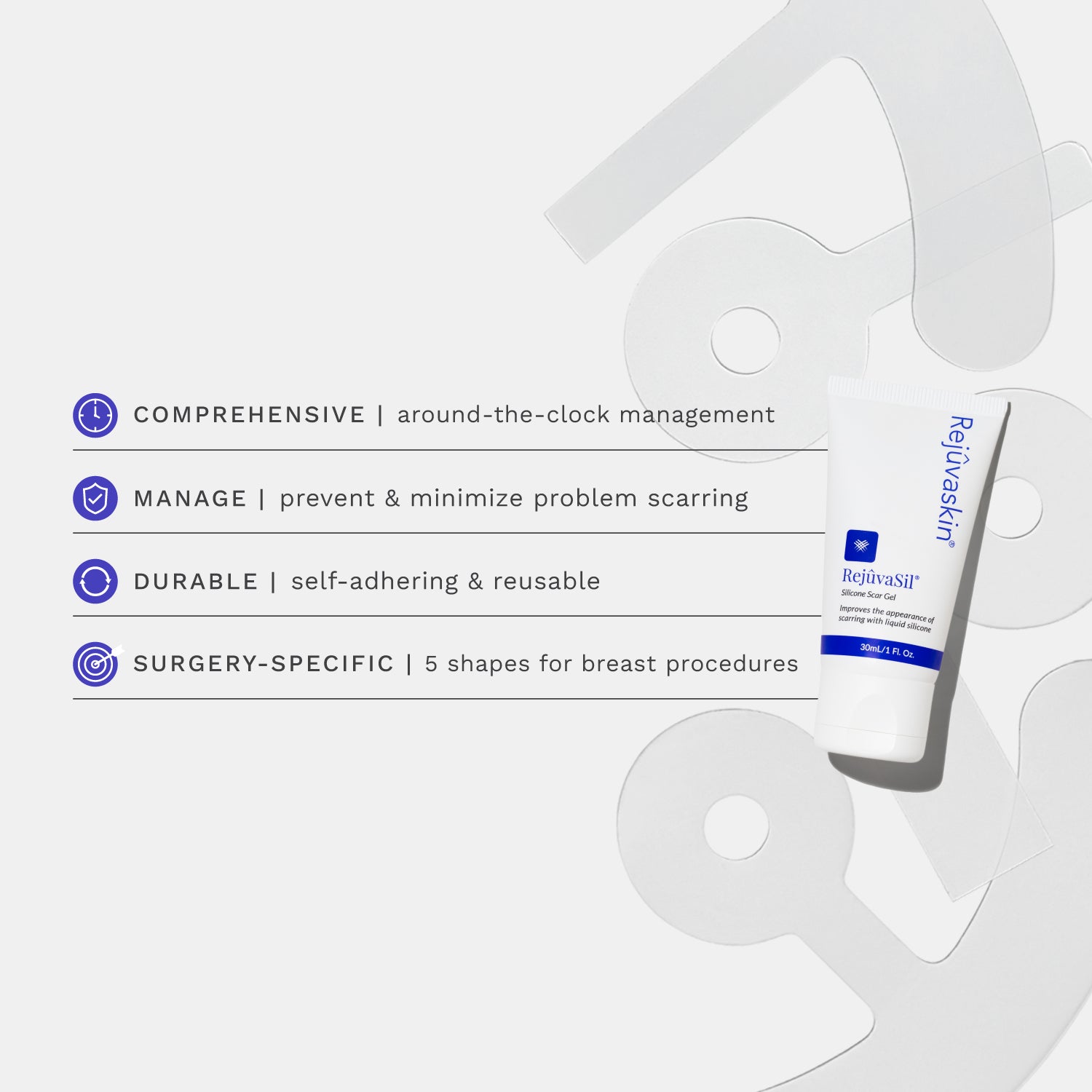
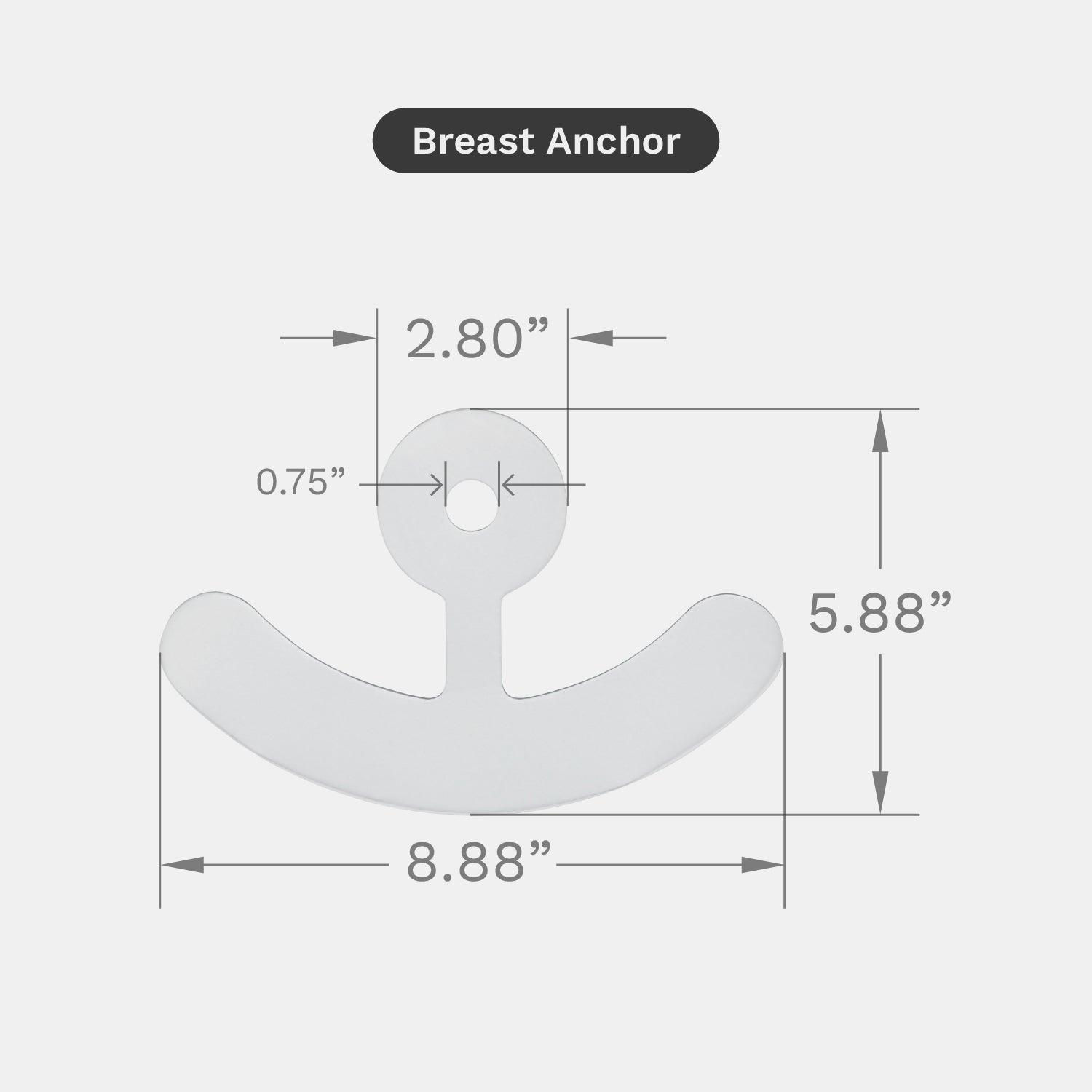
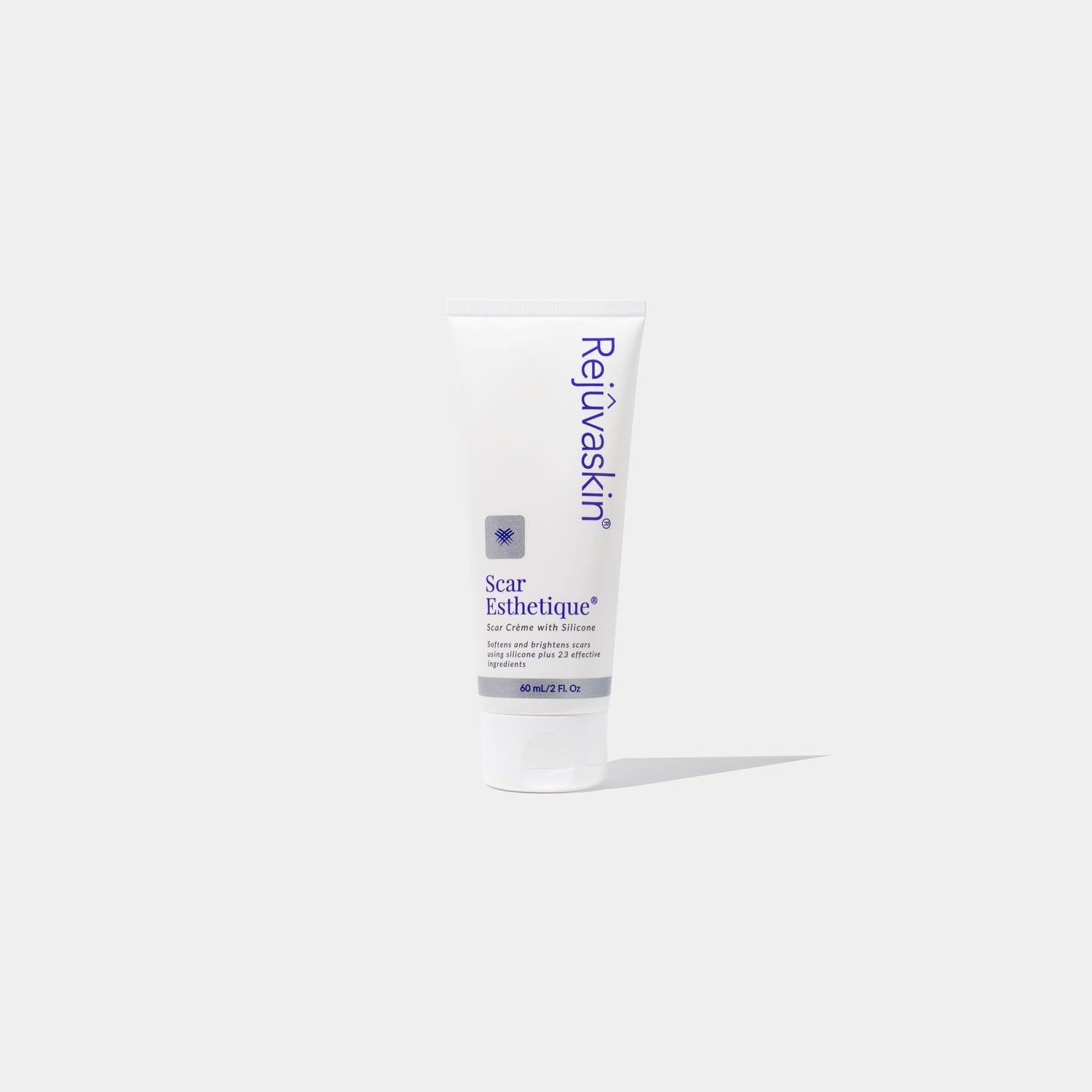
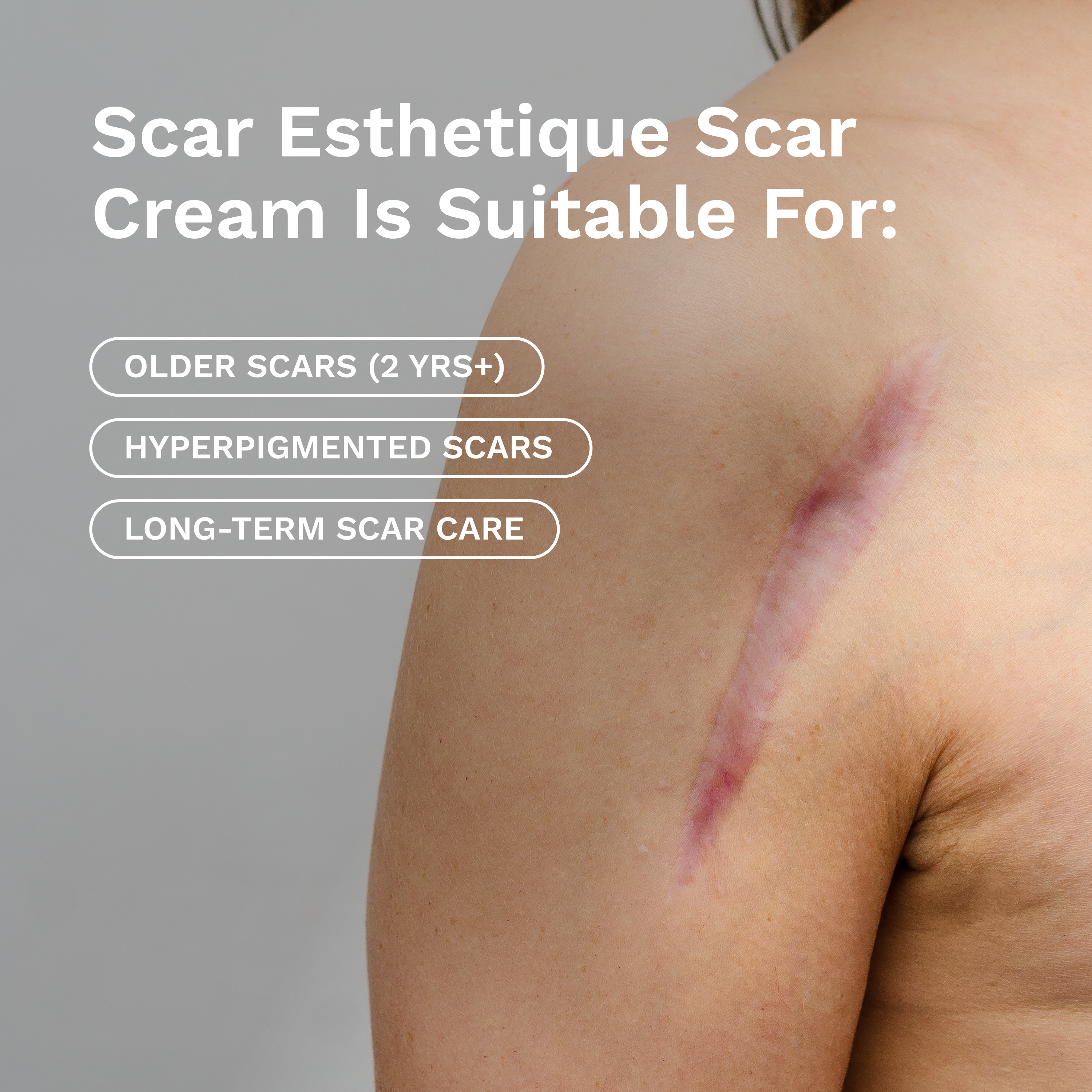








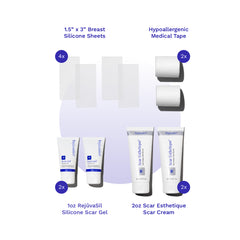
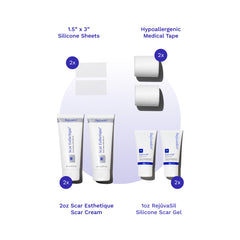

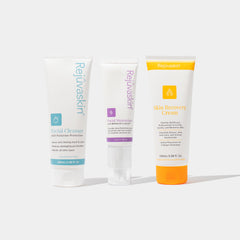

Leave a comment